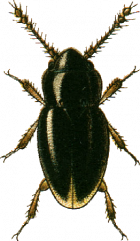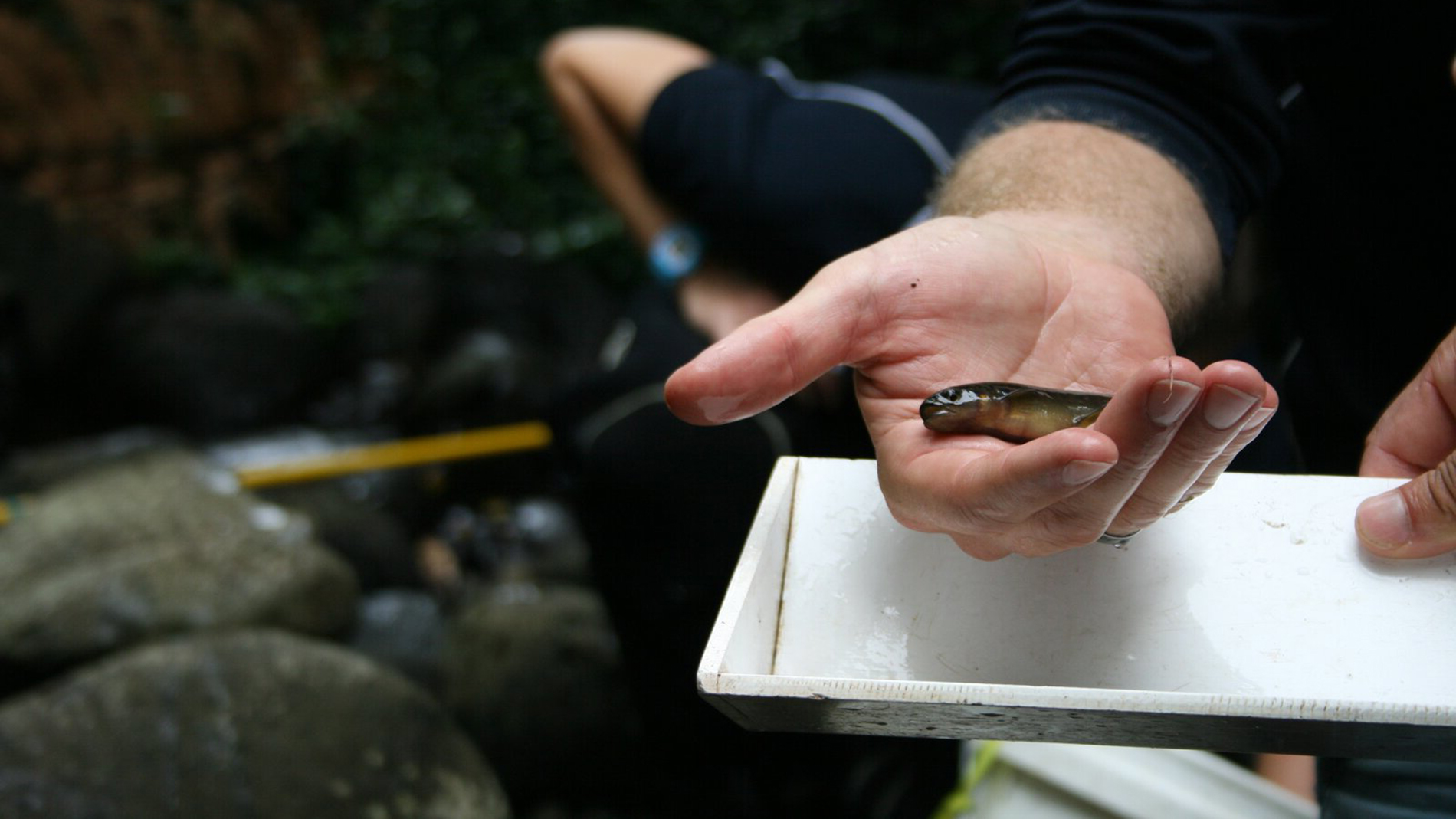Freshwater fish in the Waikato region
The streams and rivers of the Waikato region are home to 22 types of native fish, as well as freshwater crayfish (koura) and shrimps.
Over the last hundred years, native fish populations in the Waikato region have decreased dramatically, mainly because of changes to their habitat.
One native fish, the grayling, has become extinct.
There are 14 species of introduced fish found in the Waikato region. Some, such as the sailfin molly and guppy, are originally from the tropics and can only survive in areas of geothermally heated water.
Other introduced species have spread into the region’s rivers, such as rudd, koi carp and catfish, and some are a threat to our native species.
- See the table below for a list of freshwater fish found in the Waikato region.
- We also have a map that shows some of the places where you can find native and introduced fish species in the Waikato River catchment area.
Native and introduced freshwater fish in the Waikato region
-
Common name (Māori name)
Scientific name
Yellow-eyed mullet (Aua)
Aldrichetta forsteri
Anguilla australis
Anguilla dieffenbachii
Australian longfin eel
Anguilla reinhardtii
Geotria australis
Cheimarrichthys fosteri
Galaxias argenteus
Galaxias brevipinnis
Dwarf galaxias
Galaxias divergens
Galaxias fasciatus
Galaxias maculatus
Galaxias postvectis
Neochanna diversus
Gobiomorphus gobiodes
Gobiomorphus breviceps
Gobiomorphus cotidianus
Gobiomorphus hubbsi
Gobiomorphus huttoni
Gobiomorphus basalis
Grey mullet
Mugil cephalus
Retropinna retropinna
Black flounder (Patiki)
Rhombosolea retiaria
Paratya curvirostris
Paranephrops planifrons
Echyidella menziesii
Native species
Introduced species
Stream invertebrates

Ptenidium pusillum, a feather-winged beetle found in clean, stony streams.
Invertebrates are animals without backbones. They include all insects, snails, crustaceans and worms.
The larvae of many insects that spend their adult life out of the water, such as mayflies and beetles, start their lives in streams and rivers.
Freshwater invertebrates in the Waikato region include freshwater crayfish (koura) and shrimps.
Waikato Regional Council uses the number and type of invertebrate species found in streams to assess stream health, for example:
- mayfly, stonefly and caddisfly larvae are found in streams with high quality habitat, for example, in the headwaters of catchments covered in forest
- snails and worms are more common in degraded streams and rivers especially those in the lower catchments where there is urban or agricultural development.
Nearly half of the Waikato Regional Council monitoring sites in developed catchments are either moderately or severely degraded. These streams are often in:
- urban areas where streams can contain heavy metals and more sediment
- agricultural catchments where vegetation clearance and land development has caused increased water temperatures and greater accumulation of silt on the streambeds.
Aquatic plants
The aquatic plant communities in rivers and streams are made up of algae, mosses, and submerged plants with leaves. Before European settlement, most waterways were very shady because of the native forest surrounding them and supported a range of native aquatic plant species. Now most of our streams and rivers are in developed catchments and are dominated by introduced plants such as the oxygen weed, Egeria.
These introduced plants can provide instream cover for other plants and animals, but when stream flows are low during summer they can reduce the dissolved oxygen in lowland agricultural streams.
Threats to life in our rivers
Before European settlement, New Zealand's rivers and streams flowed from the mountains to the coast through native forest and grassland communities. These forests and high altitude grasslands kept our smaller rivers and streams cool and shady. The clearing of this vegetation has made stream temperatures more variable, and less suitable for many of our native aquatic animals and plants.
In addition to habitat loss through land clearance, our aquatic plants and animals have also been affected by other aspects of development including:
- barriers to fish passage. Many of our native fish travel between freshwater and the sea as part of their life cycle. Structures such as over-hanging culverts and dams can block fish access.
- reduced water quality
- changes to flow regimes
- habitat loss (due to drainage and changes in land use).
Some introduced species become pests that compete with or eat our native fish. Find out more about troublesome fish in the Waikato River. Waikato Regional Council has been working with the Department of Conservation to stop the spread of aquatic pests such as koi carp.
What you can do to help
- Never release exotic fish into waterbodies (not even into farm or garden ponds).
- Install fish passes on or remove structures that block fish access.
- Install culverts properly with their bottoms below the natural stream bed level.
- Fence and plant riparian margins, especially in lowland areas.
- Avoid excessive drainage, stopbanking and unnecessary dams.
- Check boats and fishing gear carefully to remove any weed, juvenile fish or eggs.

